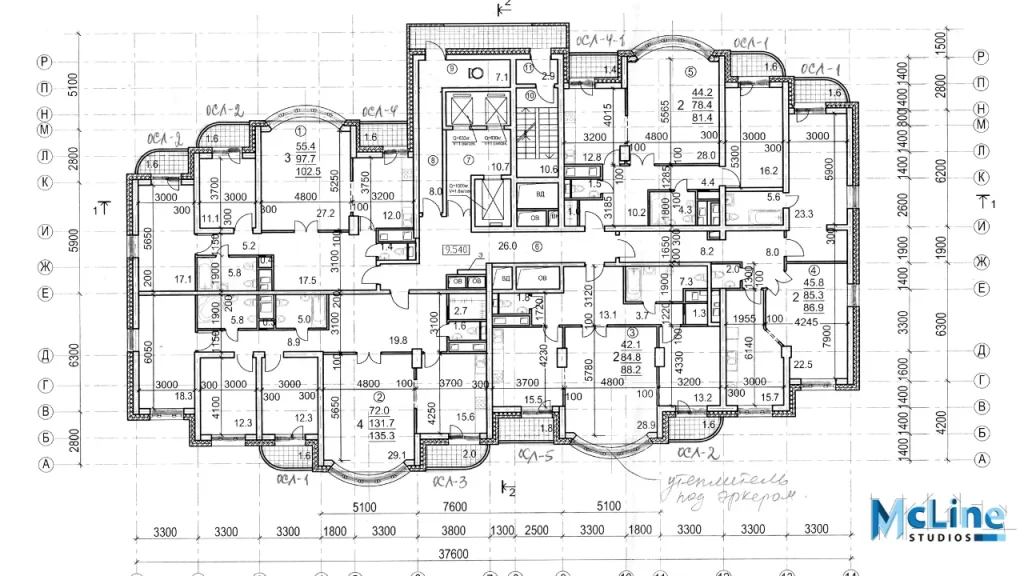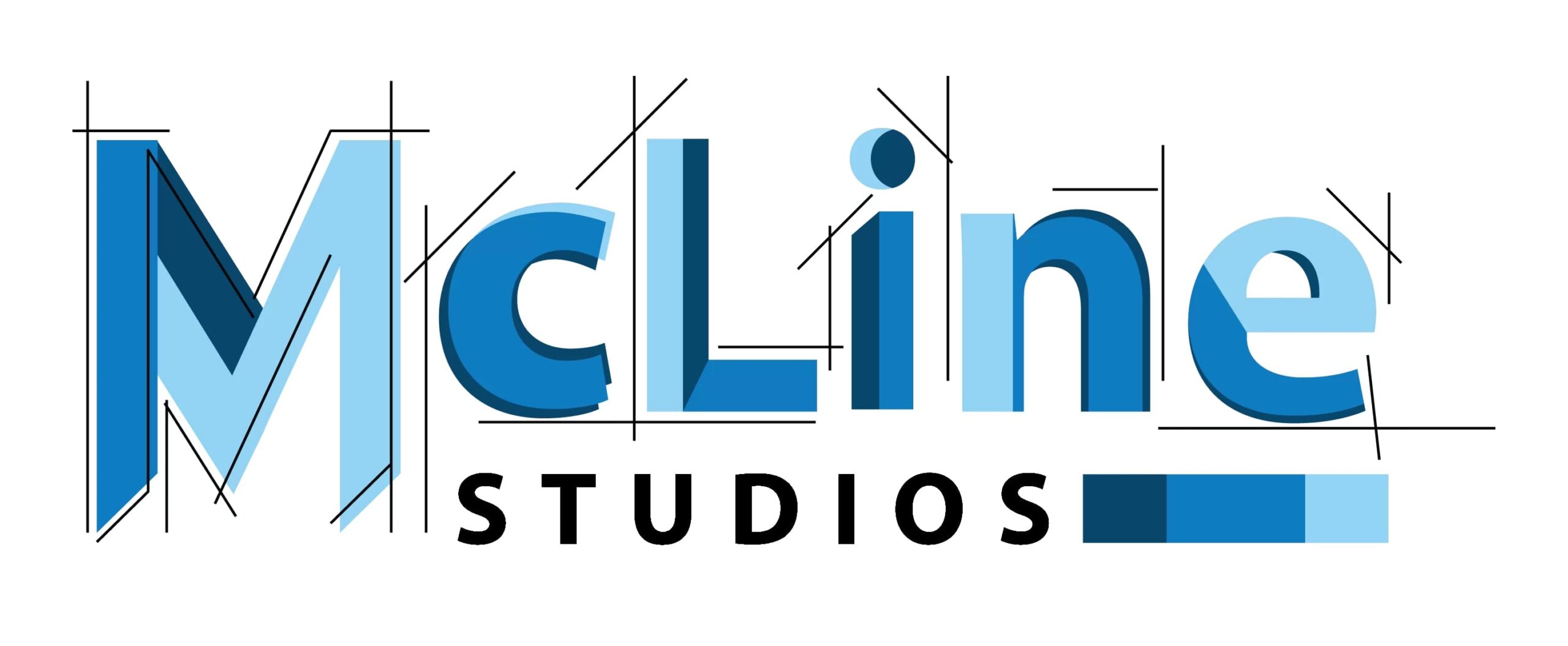Architectural elevation drawings are crucial components in the realm of architectural design. These detailed illustrations provide a vertical view of a building, showcasing its facades, height, and various design elements. Elevation drawings play a pivotal role in conveying the visual aesthetics and structural nuances of a construction project.
Elevation drawings are essential for architects, builders, and other stakeholders to understand the visual aspects of a project. There are typically four main types of elevations: front, rear, left side (or west), and right side (or east). Each elevation offers a unique perspective of the building.
Beyond mere sketches on paper, these drawings breathe life into architectural concepts, providing a glimpse into the aesthetic and functional dimensions of a structure. In this blog, we will delve into the world of architectural drawings and understand their importance.

What are Elevation Drawings?
Architectural elevation drawings, often referred to as elevation plans, are two-dimensional representations that depict the exterior view of a building or structure. These drawings showcase the vertical elements of the design, offering insights into the arrangement of doors, windows, and other architectural features. These drawings are essential tools for architects, builders, and stakeholders to comprehend and communicate the intended design.
Elevation drawings come in various types, including building drawings and elevation and section drawings. Building elevation drawings focus on the overall exterior of the structure, while elevation and section drawings provide a comprehensive view, illustrating both the exterior and interior details of the building.
Importance of Architectural Elevation Plans
Architectural elevation drawings are essential in the field of architecture for several reasons. These drawings provide a two-dimensional representation of a building’s exterior, showing its various sides from different viewpoints. The importance of architectural drawings can be highlighted in the following ways:
1. Visualization and Communication
– These drawings help architects and designers communicate their design concepts to clients, stakeholders, and other team members. They provide a visual representation of how the building will look from different perspectives, aiding in better understanding and communication of design intent.
2. Design Development
– Architects use elevation-type drawings during the design development phase to refine and iterate on the exterior appearance of a building. They allow architects to make informed decisions about the placement of windows, doors, and other architectural elements to achieve the desired aesthetic and functional goals.
3. Coordination with Other Disciplines
– These drawings are crucial for coordinating with other professionals involved in the construction process, such as structural engineers, MEP (mechanical, electrical, plumbing) engineers, and contractors. They help ensure that various building systems and components are integrated seamlessly into the overall design.
4. Regulatory Approvals
– Architectural drawings are often required as part of the documentation submitted for regulatory approvals and permits. Regulatory bodies use these drawings to assess compliance with zoning regulations, building codes, and other relevant standards.
5. Construction Documentation
– During the construction phase, drawings serve as a reference for builders and contractors. They provide a clear guide for the construction of the building’s exterior, helping ensure that the final result aligns with the architect’s vision.
6. Material and Finish Selection
– These drawings assist in the selection of materials and finishes for the exterior of the building. Architects can use these drawings to explore different options and make decisions based on how materials will interact with light, climate, and the surrounding environment.
7. Marketing and Sales
– High-quality drawings are often used in marketing materials for architectural projects. These drawings help create visually appealing presentations that can attract potential clients and investors.
8. Historical Documentation
– Elevation-type drawings contribute to the historical documentation of a building. They provide a record of the original design and can be valuable for future renovations, preservation efforts, or historical research.
Applications of Elevation Drawings

Architectural elevation drawings serve several important purposes in the field of architecture. These drawings provide a visual representation of a building’s exterior, showing its various sides or facades. Here are some key applications of architectural drawings:
1. Design Communication
– Client Communication: Elevation plans are essential for communicating design concepts to clients. They provide a clear and realistic view of how the building will look from different angles, helping clients visualize the final structure.
– Team Collaboration: Architects, engineers, and other members of the design team use architectural drawings to collaborate on the overall design. These drawings ensure that everyone involved in the project has a shared understanding of the building’s exterior appearance.
2. Zoning and Planning Approvals
– Regulatory Compliance: Local zoning regulations often require architects to submit elevation drawings as part of the approval process. These drawings demonstrate compliance with height restrictions, setback requirements, and other zoning regulations.
– Planning Boards and Authorities: Municipal planning boards and authorities use drawings to assess the visual impact of proposed buildings on the surrounding environment. The drawings help in making informed decisions about the appropriateness of the design within the context of the area.
3. Construction Documentation of Elevation Drawings
– Construction Planning: Contractors rely on architectural drawings for construction planning. These drawings provide details about the height, scale, and proportions of various elements, facilitating accurate construction and ensuring that the final structure matches the design intent.
– Material and Finish Specification: Elevation-type drawings may include information about materials and finishes, helping contractors understand the aesthetic and functional requirements for each part of the building’s exterior.
4. Historical Documentation
– Architectural Record: Architectural plan drawings contribute to the historical documentation of a building. They serve as a record of the original design and can be valuable for future renovations or historical research.
– Preservation Planning: When working on historical preservation projects, these drawings are crucial for documenting and preserving the architectural integrity of a structure.
5. Marketing and Visualization
– Marketing Materials: Elevation drawings are often used in marketing materials for real estate and development projects. These visuals help attract potential buyers or investors by showcasing the aesthetic appeal of the building.
– 3D Rendering Integration: These drawings are sometimes used as a basis for creating 3D renderings and visualizations, providing a more immersive and realistic representation of the building’s exterior.
The Bottom Line
In conclusion, architectural elevation drawings serve as the crucial link between design concepts and real-world construction. Precision and expertise are paramount in their creation, and McLine Studios emerges as the epitome of proficiency and innovation in this field.
With a commitment to delivering meticulous and visually stunning representations, McLine Studios stands out as the trusted partner for architects, designers, and developers. Their dedication ensures each elevation plan not only adheres to technical specifications but also captures the essence of the design vision.
Remember, elevation drawings are just one part of the architectural documentation process. When interpreting these drawings, it’s crucial to consider them in conjunction with other architectural drawings to gain a complete understanding of the design and construction details.



